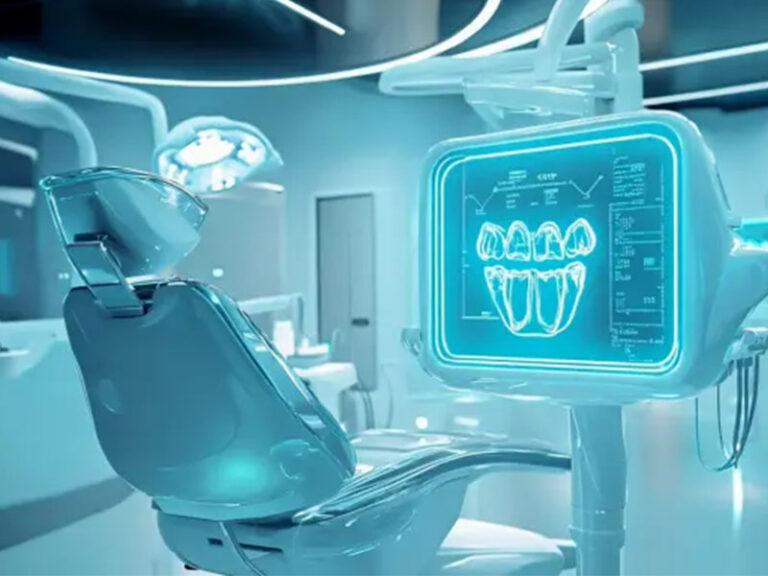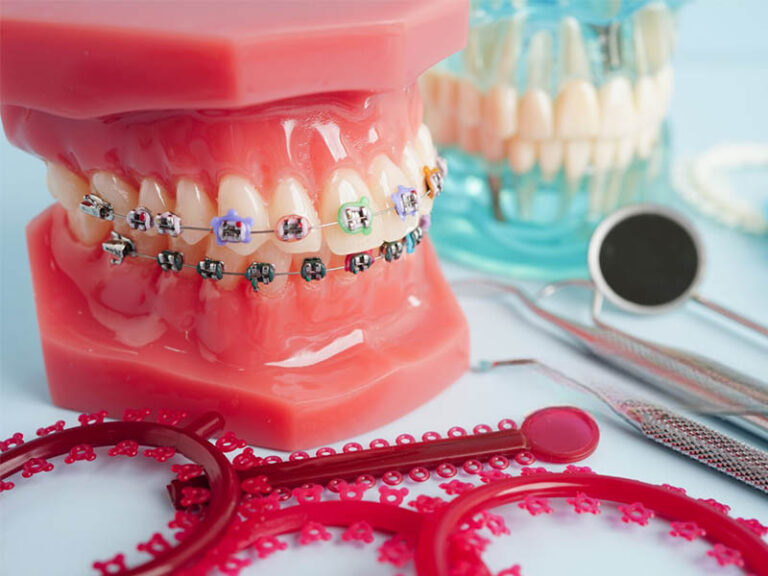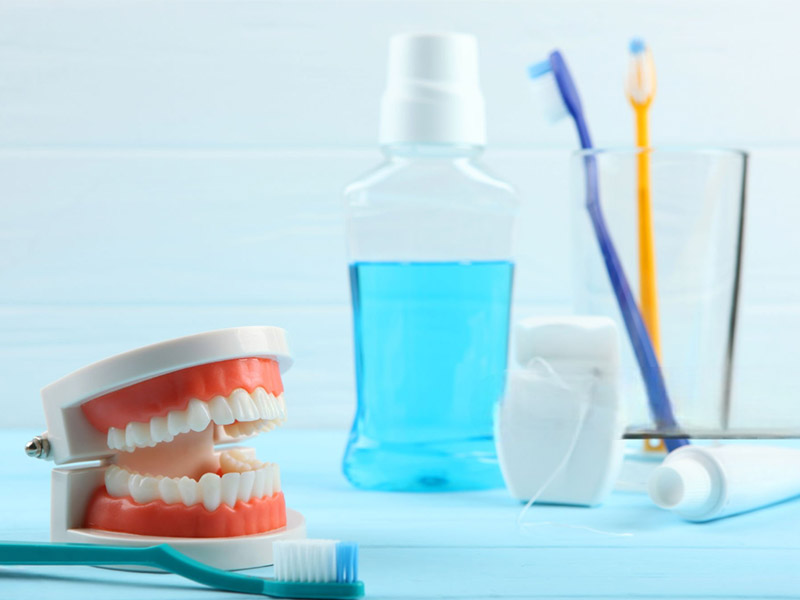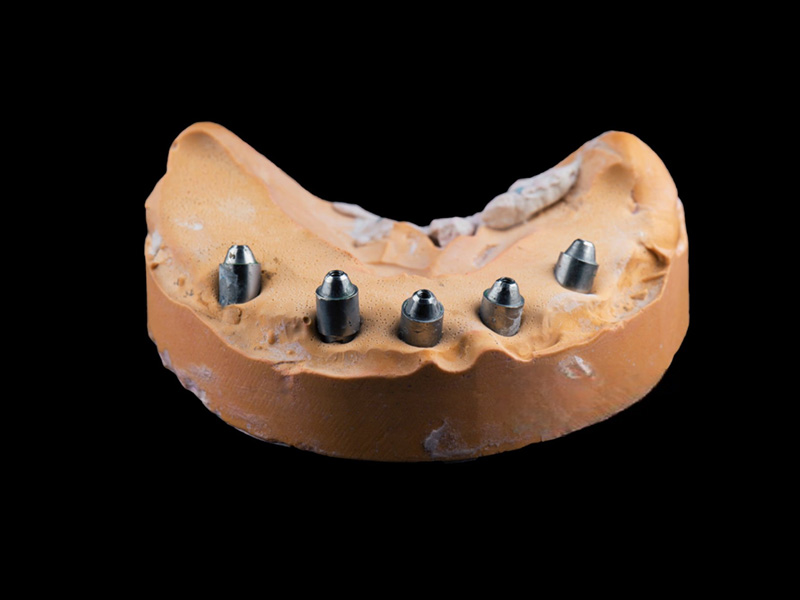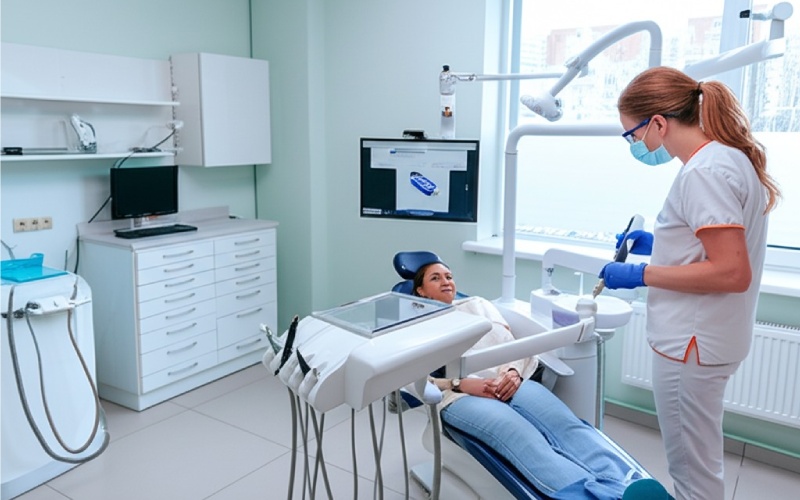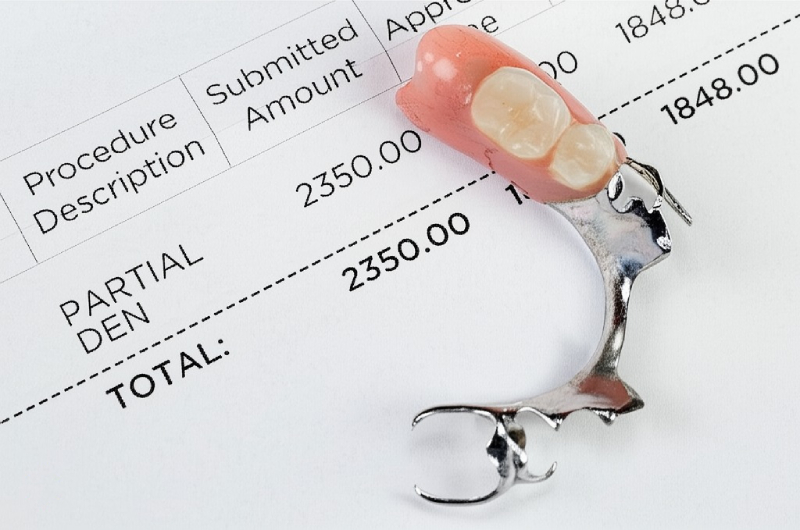
Types of Partial Dentures & Their Costs: A Simple Guide
Are you trying to figure out the different types of partial dentures and what they might cost? I’ve been in your shoes. If you’ve lost one or more teeth, figuring out all your choices for dentures can feel like a lot. Over the years, I learned a ton about regular partials, bendable plastics, what the prices really mean, and what actually matters for comfort, how long they last, and getting the best deal for your smile. In this guide, I’ll share everything I picked up so you can make the best decision for you.
Table of Contents
Introduction: Why I Had to Learn About Partial Dentures
The day I found out I needed a partial denture, I felt lost and unsure. Chewing was harder, I didn’t feel like myself, and I missed my full smile when I looked at my reflection. I wanted something that made sense for my life and my budget. When my dentist started listing options like metal frames, soft Valplast, plastic flippers—each with their good and bad sides, and some pretty big price tags—I was confused. No one had a simple answer. I had to ask a lot of questions and compare everything myself.
Now that I’ve been through this, I want to help you skip that confusion and feel ready before you go to the dentist.
What Are Partial Dentures? My First Steps Into Dental Replacements
When I first lost a tooth, I didn’t realize how much it would change the way I chewed, talked, or even smiled in photos. Partial dentures—or “partials”—turned out to be a handy fix that filled the empty spaces, helped me chew, and brought back my confidence.
A partial denture is a custom piece your dentist makes to replace one or more missing teeth without covering your whole top or bottom row. They usually come out, which makes them easier to clean than things like implants or bridges that are stuck in your mouth.
Why pick a partial denture? Here’s why I—and a lot of others—chose this:
- It made eating and talking easier after filling those empty spots.
- Partial dentures cost less than bridges or implants.
- You don’t usually have to change your healthy teeth much.
- If you choose right, they can look just like your other teeth.
But all partial dentures are not the same—the differences can really change how you feel, look, and how much you spend.
Main Types of Partial Dentures & Their Prices
After a bunch of dentist visits and reading, I found out most partial dentures fit into four big groups: cast metal (with a metal frame), flexible (like Valplast or Duraflex), acrylic (often called flippers), and a few special mixed types. Each one works best for certain things—and has its own price, too.

Cast Metal Partial Dentures
The first time my dentist talked about metal partials, I thought they’d look big and obvious. But these are actually seen as the “best” kind for strength and fit.
What are they?
They have a strong metal base (often chrome cobalt or sometimes titanium) with pink plastic to look like gums and even plastic teeth attached. Little metal arms hold them onto your real teeth.
The good stuff:
- Super strong and last a long time. Some people keep these for 10-15 years or more if they take care of them.
- They fit really well, so you don’t get a lot of slipping or clicking when you eat.
- They’re not as thick as plastic-only ones.
The not-so-good stuff:
- The metal arms might show when you smile, unless you pay more for tooth-colored ones.
- They cost more to start with than other types.
- They’re harder and can take a while to get used to.
Price:
You’ll pay about $1,200 to $3,000 per arch (row), depending on how many teeth you need, where you live, and your dentist’s skill. The higher price pays off over time because they’re tough and help you chew better.
Flexible Partial Dentures (Valplast, Duraflex)
Next, I looked at flexible partials like Valplast and Duraflex. These have gotten really popular, especially if you don’t like the look of metal in your smile.
How do they work?
Instead of metal, these use a bendy, gum-colored plastic that wraps around your gums. The arms are clear and nearly disappear when you wear them.
Why I thought about them:
- They’re very comfortable. Because they bend, they don’t rub or poke as much.
- They look better. No shiny metal, so your smile looks natural.
- Great if you’re allergic to metal.
But remember:
- Because they bend, they’re not as strong if you eat hard or crunchy foods.
- If you break one, they’re hard to fix—you might need a new one.
- They stain and start to smell faster if you’re not careful with cleaning.
My price check:
Flexible partials usually cost $900 to $2,500 per arch. You may pay less if you only need a single tooth, but more if you have a special case.
Acrylic Partial Dentures (Flippers, Temporary Partials)
If there’s one kind every dentist seemed to suggest as a “starter,” it’s the acrylic partial or flipper. I used one myself while I waited for my permanent denture.
What’s a flipper?
It’s made from pink plastic (same as some full dentures) and sometimes has wire arms to hold it in. They’re light and are meant to be a short-term fix.
Why pick acrylic?
- They’re the cheapest by far.
- You can get them fast, sometimes in just a few days after having a tooth out.
- It’s easy to fix or change them if you lose another tooth later.
But here’s what I saw:
- They’re thicker than other choices and can cover more of your gums, which takes getting used to.
- Mine moved around if I ate tough food.
- They can crack or wear out fast if you use them all the time.
Plan to pay:
Usually $300 to $800 per arch. These work best if you need something cheap or just for a little while.
Hybrid and Special Partial Dentures
Sometimes, you need something different—like a hybrid that mixes a metal frame with better looking, flexible arms or special snap-on pieces. Some high-end options even clip onto tiny screws in your gums for extra strength.
What I learned:
These work well if you have complicated needs, a weird bite, or want the best look possible. But special features push the price up—these usually cost more than regular types.
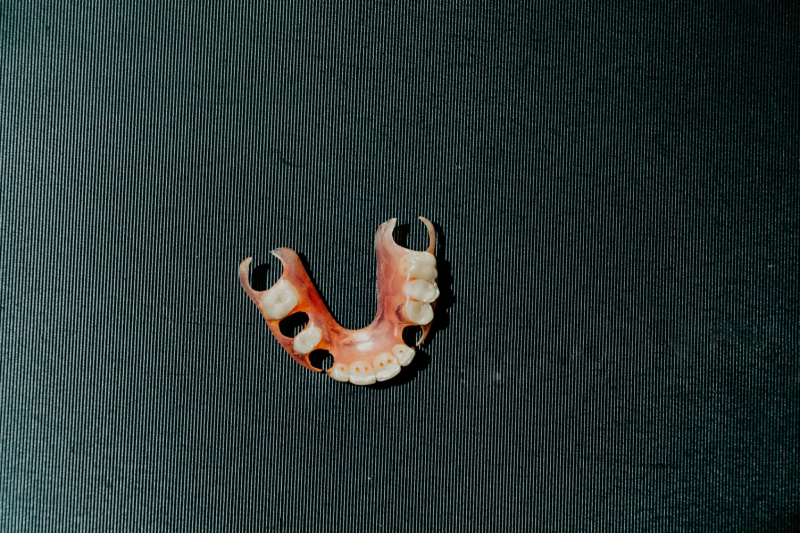
Things That Change Partial Denture Prices
When I started getting price quotes, I couldn’t believe how different the numbers were from place to place. It’s not just about how many teeth you need, either. Here’s what I found out changes the price:
- Material: Metal frames cost more than bendy or all-plastic ones because they last longer and are more exact.
- Number of Teeth: The more teeth you need, the bigger and pricier your denture will be.
- How Tricky Your Mouth Is: If your bite is tough (mine was) or your teeth are spaced weird, that takes more work.
- Where You Live: Big city dentists usually charge more than dentists in small towns.
- Dentist’s Experience: Specialists charge more than regular dentists, but they’re more careful and exact—sometimes, it’s worth the extra money.
- Extra Dental Work: Things like getting molds, extractions, or fixing your denture later all add up.
- Dental Lab Quality: Not all labs are the same! Better labs cost more, but your denture will fit and look better, too.
Bottom line: Always ask your dentist to list out exactly what you’re paying for.
How Insurance and Payment Choices Change the Bill
Like most people, I wanted to know how much my insurance would actually pay. Here’s what I learned after trying a few plans and calling dental offices:
Insurance Basics
Most dental insurance calls partial dentures “major” work. Usually, they pay 30% to 50% of the cost—after you meet your deductible, and only up to a certain yearly limit (often $1,000 to $1,500).
Plans are different, but here’s what I noticed:
- PPO plans: Give you more choice of dentists and sometimes better coverage.
- HMO plans: Make you use certain dentists and usually pay less.
- Medicaid/Medicare: Sometimes cover partials if you really need them, but adult coverage depends on where you live.
Other Ways to Pay
No insurance? You’ve still got choices:
- CareCredit: A credit card just for health or dental stuff—you can make payments each month, sometimes with no interest if you pay fast enough.
- Dentist Plans: Some dentists let you pay in parts or make your own plan.
- Dental Schools: Dental students need practice, so schools can make partials for less while teachers watch.
- Cheap Clinics: Some have sliding prices for people with less money.
Try to get a written cost estimate and insurance okay first—saved me a lot of trouble.
Picking the Right Partial Denture: What I Wish I Knew Early On
If I could tell you just one thing, it’s this: don’t pick too fast. At your first visit, talk about your needs and get answers that fit you.
How I did it:
- Think About What Matters Most
Do you care more about chewing or how you look? Are you on a tight budget? I had to choose based on these things. - Think About Comfort and How Long It Lasts
I learned the hard way—picking the cheapest can cost more later. Cast metal types cost more but feel better and last longer. - Think About Looks
If you really hate the look of metal, pick a flexible partial—even if it costs more per tooth. - Plan for Extra Costs
You’ll need checkups and repairs as time goes by. Nothing lasts forever. - Always See a Real Dentist
Store-bought kits just don’t fit or work like a dentist-made denture.
Ask your dentist things like:
- Which type fits my mouth and budget?
- What’s the real cost, including future fixes?
- How long will it take?
- Will it look and feel right?
- How do I keep it clean?
Taking Care of Partial Dentures & How Long They Really Last
Honestly, having a partial denture is kind of like owning a car. If you care for it, it’ll last and look good. If you don’t, problems come up fast.
My Cleaning Routine
- Clean Every Day: I brushed mine after meals with a soft brush and special cleaner (not toothpaste—it scratches). Soaking them overnight helped with stains and smells.
- Don’t Be Rough: Bendy partials can lose their shape with hot water—don’t do what I did and leave them in hot water!
- Regular Dentist Visits: My dentist would check the fit, look at my remaining teeth, and redo the inside (called a reline) every few years.
- Look for Trouble: Sore spots or a loose fit mean it’s time for an adjustment or fix.
How Long They Last
- Acrylic (Flipper): 1-5 years. Good as a quick fix, not forever.
- Flexible (Valplast/Duraflex): 5-10 years. Feels nice, looks real, but can stain or lose shape over time.
- Cast Metal Partial: 10-15 years, maybe more. These last the longest if you take care of them.
No matter what, expect to fix or adjust your partial once in a while—your gums and bones move as you age.
Choices Besides Partials: Bridges, Implants, and Their Prices
I can’t leave out the other big options: dental bridges and implants. I compared these to my partial denture choices too.
Dental Bridges
A bridge is a fixed piece that fills the gap by attaching a new tooth to the teeth next to it. They feel steady and you don’t take them out at night.
Pros:
- You wear them all the time.
- They feel natural when eating.
Cons:
- The teeth on each side have to be filed down and covered.
- They cost more than a regular partial, but usually less than implants.
Price:
About $2,000 to $5,000 per bridge, depending on how many teeth and what it’s made of.
Dental Implants
Implants are the top-of-the-line fix. The dentist puts a metal post in your jaw, then puts a new tooth on top (or they can hold special partials).
Pros:
- They don’t move.
- They keep your bones strong.
- They look and feel just like real teeth.
Cons:
- They cost the most.
- You need surgery and time to heal.
Price:
Usually $3,000 to $5,000 per implant—or more if you need extra work.
My bottom line:
Implants are awesome if you don’t mind the price and want a fix that lasts forever. Bridges work well, but they affect your other teeth. For lots of people—me included—partials are the best combo of price and use, especially if you’ve lost several teeth in a row.
My Final Thoughts: Taking the Next Step With Confidence
I get it—shopping for partial dentures is a lot. You have to think about material, price, insurance, looks, comfort. What I learned is that no two mouths (or budgets) are the same. The right answer fits your own life, brings back your confidence, and lets you eat, talk, and smile like you want.
Here’s what I’d tell you from my own life:
- Take your time and don’t be afraid to look stuff up.
- Ask your dentist lots of questions.
- Think about the real cost over time, not just what you pay upfront.
- Don’t cheap out on fit or comfort!
- And most of all—keep your mouth healthy. A good partial lasts a long time if you care for it and your own teeth.
If you’ve lost teeth and are still deciding, you’re not alone. With good info and support, you’ll make a choice that keeps you happy for years.
All prices here are rough U.S. averages. Ask your local dentist for real prices and insurance details.


